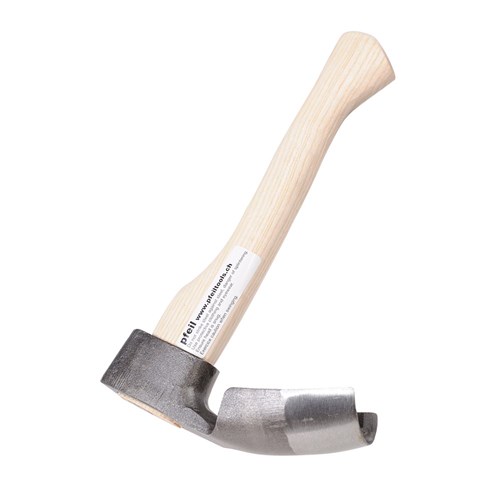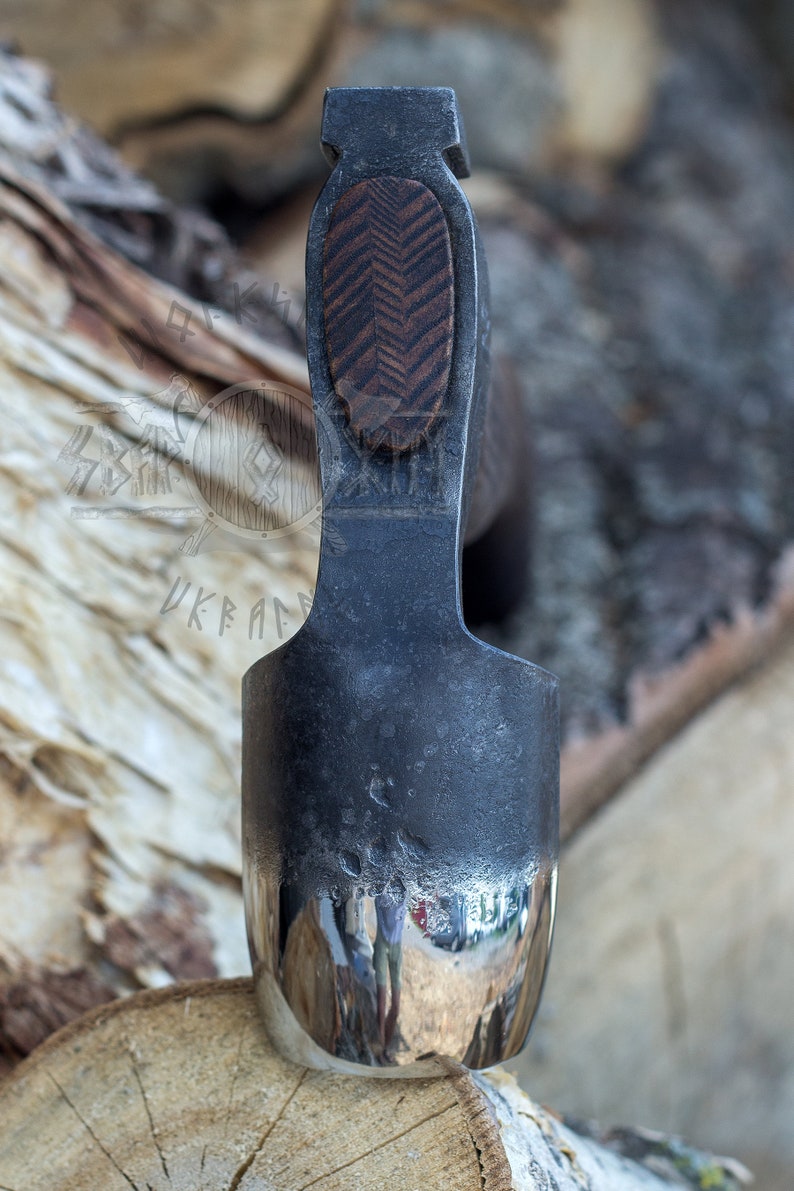


The assertion is made also with one major reservation, namely that the people who made the adzes were not necessarily moa-hunters, but rather that the technical tradition followed was one laid down in moa-hunter times. In assigning this cache of adzes then to the earliest marginal Polynesian stone culture of the moa-hunters, as contrasted with the later historical culture of the Ngaitahu of the North Island, the writer admits possessing no better evidence than the arbitrary method discussed above. The Canterbury Museum possesses similar types from the Rakaia moa-hunters' camp (where von Haast tended to assign them to later “Maori” inhabitants), and from Sumner, with its general moa-hunter association. The Otago Museum contains convincing examples of these two characteristic moa-hunter adze-types, notably the three large adzes found by Sir Frederick Chapman at the Shag river, and later discoveries by Teviotdale at the Shag, Waitaki, Papatowai, and other Otago moa-hunter sites (1). Broad-bladed, quadrangular, tanged adzes often of considerable size, together with narrow-bladed, tanged, hog-backed adzes, seem distinctive of moa-hunter camps, as opposed to the small, tangless, “characterless” adzes of the northern Ngaitahu. At the same time it is possible to get a conception, admittedly arbitrary, of the general style of stone-tool culture in moa-hunter camps, as contrasted with historical settlements of the Ngaitahu, north of Banks peninsula, where their culture remained almost wholly a North Island (East Coast) immigrant. In the South Island with its human occupation going back no more than perhaps 1,000 years, with an absence of - 286 satisfactory stratified sites, and with the tendency for the same sites to appeal to successive tribes, it is no doubt inadvisable to assign such finds to particular tribes or periods. The unfinished state of many of the adzes, some neither bruised nor ground, suggests strongly that they were the stock-in-trade of one adze-maker (who may also have been the carpenter), but certainly they appear to be the products of a single craftsman of unusual skill. The two rows of broad-bladed quadrangular adzes above are obviously different in function from the row of long, narrow-bladed, hog-backed, triangular adzes below, while of the four horizontally-placed adzes, the two coffin-shaped ones on the right are different in purpose from the long slender chisel (Pl.

In either case one must admire (in Plate A) the interesting variation of types, and the consummate skill with which they were roughly blocked, chipped, bruised, and ground into form. The thirty-one 1 adzes were found together at a depth of three feet in a small sandy area close to his farm, on what was possibly an extension of Lake Ellesmere in the presumably remote period when the adze-heads were deposited.Īn obvious conclusion, from this, as in other caches, is that the adzes comprize either the kit of tools of one carpenter, or the stock-in-trade of a specialist adze-maker. THE chief purpose of this paper is to provide an illustrated record of a remarkable cache of adzes from Motukarara, Banks peninsula, which the Museum has been able to exhibit and describe through the courtesy of the finder, Mr. DUFF, M.A., Ethnologist, Canterbury Museum. Shop the Adze and other ancient tools today when you explore Garrett Wade’s classic collection.BY R. Embrace this ancient pedigree and use an Adze in your shop to discover how it can change the way you work! The Adze has transcended centuries because nobody has ever been able to create a better design for this type of woodworking. It’s short enough for you to comfortably use one-handed to chisel away at any piece of wood. Our Hand Adze for sale has a shaped carbon steel head securely affixed to an ash handle with two ring wedges. Learn more about how the Adze could become the next essential in your tool chest today! Adzes continue to be useful in artisanal woodworking tasks such as beam-making and sculpture. Archaeologists have found stone-relief sculptures of Egyptian boat-makers using the tool, and indigenous tribes of the Pacific Northwest used the Adze for both the practical (canoes) and the ceremonial/artistic (masks and totem poles). Shipwrights, carpenters, and railroaders all had their own version of it.


 0 kommentar(er)
0 kommentar(er)
